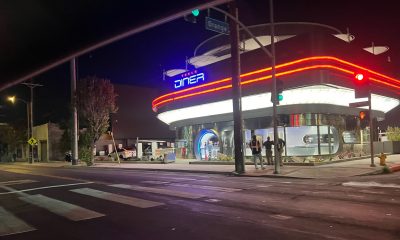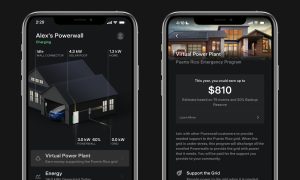

News
Tesla’s resilience is forcing veteran automakers to draw the battle lines on diesel
There are probably very few companies in the market that have attracted the same amount of skepticism as Tesla. Since it started producing its first vehicle, the original Tesla Roadster, more than a decade ago, the “impending” death of the company has been foretold. Despite this, the small, disruptive electric car maker has stubbornly refused to die, and it continues to grow despite the noise. Today, Tesla is bigger than ever before, and the impending completion of a third Gigafactory 3 in China could signal yet another period of incredible growth for the company.
The inevitable electric age
The rise of Tesla did not only prove that electric cars need not be boring, glorified golf carts. The rise of Tesla also showed that consumers from various walks of life are willing to pay top dollar for well-designed electric vehicles, simply because they are superior to internal combustion cars. By proving these points, Tesla was able to force the hand of veteran automakers, pushing them to come up with their own battery-powered vehicles. Today, most of the world’s most notable carmakers are looking into electrification. Some brands such as Porsche have even decided to abandon diesel altogether, aiming instead to push the development of both all-electric and hybrid cars.
It’s not just Porsche either. Other automakers such as Jaguar even beat the German automaker’s Taycan to market with its I-PACE, which it started delivering last year. Daimler rushed to join the fray with the EQC, and Audi, not to be left behind in the emerging EV race, brought out the rather unfortunately-named e-tron, which was received warmly nonetheless. Even mass-market automakers such as Kia and Hyundai have come up with their own bang-for-your-buck electric cars in the form of the Niro EV and Kona Electric. Volkswagen recently made a splash with the debut of the ID.3 as well. Even British-bred MG, which has been reborn as a Chinese-owned hyper-budget brand, is preparing to attack the lower end of the market with the MG ZS EV.
Learning from Tesla
Amidst this transition, it is starting to become evident which carmakers are dead serious about their transition to the electric age. This became notable in Germany, when Volkswagen, Daimler, and BMW came together last March to call for the widespread adoption of EVs. Volkswagen CEO Herbert Diess was at the helm of the radical stance, at one point practically butting heads with BMW CEO Harald Krüger and the industry lobby group Association of the Automotive Industry (VDA) due to his push for widespread electric car adoption. Audi boss Bran Schot, in a recent interview with Manager Magazin, reiterated this point, noting that “electric is the core” of the automaker’s “new strategy.”
Audi is currently attempting to ramp the production of the e-tron SUV, its first all-electric vehicle, but things have not exactly been easy. Due to factors such as reported battery constraints from supplier LG Chem, as well as other incidents such as a workers’ strike in one of its plants earlier this year, the e-tron has been delayed. Yet, Schot noted that the company remains focused on pushing more electric cars. During the interview, Schot candidly admitted that Audi is behind other automakers such as Tesla, not only “in the electric cars” themselves, “but also at the pace with which they solve some software issues.”

Schot noted that he was recently “driven once again a Tesla,” and he came away impressed by the experience. “That was fun,” he said, later admitting that “No question, we are learning from Tesla.” Learning from the leader in electric mobility is an excellent strategy for Audi, as it would allow the company to develop vehicles that mix the best of veteran auto’s experience and Tesla’s tech mastery. In a way, Audi has already taken steps towards this goal with its e-tron GT sedan, a vehicle built on the same platform as the Porsche Taycan. The Taycan stands apart from other EVs from veteran auto in the way that it’s built from the ground up to be an electric car, making it the last thing from a compliance vehicle.
Commitments to diesel and a denial of EVs
While companies like Porsche have found it easy to commit to electrification and abandon things like diesel, other carmakers are not having such an easy time relinquishing their ties with oil. The most recent source of this shock was Jaguar Land Rover CEO Ralf Speth, who recently spoke with Automotive News Europe sister publication Automobilwoche’s publisher in an interview. When asked about the company’s powertrain strategy amid a decline in demand for diesels and V8 gasoline engines, the CEO was candid.
“According to industry forecasters, a global share of 20 percent to 30 percent for electrified vehicles is expected by 2025. When you turn this around, it means that 70 percent to 80 percent of all vehicles around the world will have conventional engines. Let me add that today’s diesels, (which) are absolutely CO2-efficient and clean,” he said.
When asked by the publication why electric mobility is still not important to consumers, the CEO noted that “On one hand, the products are still too expensive. On the other hand, the infrastructure is still too inconvenient and unreliable, so electric cars tend to be for people with deep pockets.” These are rather surprising to hear from the Speth, whose company produced the I-PACE, which has pretty much swept awards left and right since its debut last year.

Explaining his conservative stance on electric vehicles further, the Jaguar CEO argued that “When it comes to electric vehicles, the question isn’t how many cars I can build but rather how many batteries I can buy. The demand for batteries is so great that there will be a limited ability to deliver them over the next few years. And, unlike some others, I expect continually rising battery prices – at least for the next two to three years.”
Quite interestingly, the Jaguar Land Rover CEO’s concerns about electric cars have long been addressed by Tesla. When it came to charging infrastructure, the California-based carmaker developed and aggressively rolled out its Supercharger Network, which currently have over 12,000 stations across the globe. The company has also ironed out the supply of its vehicles’ batteries, thanks to a massive investment in facilities such as Gigafactory 1 in Nevada.
The transition to the electric age will be difficult for carmakers, and it would require massive investments just to get well-designed all-electric cars ready for the market. If these developments are any indication, it appears that in the next few years, the battle lines will be drawn between veteran automakers that are willing to go all-in on electric mobility, and veteran carmakers who will steadfastly hold on to oil and the internal combustion engine.
Elon Musk
Tesla Supercharger Diner food menu gets a sneak peek as construction closes out
What are you ordering at the Tesla Diner?

The Tesla Supercharger Diner in Los Angeles is nearing completion as construction appears to be winding down significantly. However, the more minor details, such as what the company will serve at its 50s-style diner for food, are starting to be revealed.
Tesla’s Supercharger Diner is set to open soon, seven years after CEO Elon Musk first drafted the idea in a post on X in 2018. Musk has largely come through on most of what he envisioned for the project: the diner, the massive movie screens, and the intended vibe are all present, thanks to the aerial and ground footage shared on social media.
We already know the Diner will be open 24/7, based on decals placed on the front door of the restaurant that were shared earlier this week. We assume that Tesla Optimus will come into play for these long and uninterrupted hours.
The Tesla Diner is basically finished—here’s what it looks like
As far as the food, Tesla does have an email also printed on the front door of the Diner, but we did not receive any response back (yet) about what cuisine it will be offering. We figured it would be nothing fancy and it would be typical diner staples: burgers, fries, wings, milkshakes, etc.
According to pictures taken by @Tesla_lighting_, which were shared by Not a Tesla App, the food will be just that: quick and affordable meals that diners do well. It’s nothing crazy, just typical staples you’d find at any diner, just with a Tesla twist:
Tesla Diner food:
• Burgers
• Fries
• Chicken Wings
• Hot Dogs
• Hand-spun milkshakes
• And more https://t.co/kzFf20YZQq pic.twitter.com/aRv02TzouY— Sawyer Merritt (@SawyerMerritt) July 17, 2025
As the food menu is finalized, we will be sure to share any details Tesla provides, including a full list of what will be served and its prices.
Additionally, the entire property appears to be nearing its final construction stages, and it seems it may even be nearing completion. The movie screens are already up and showing videos of things like SpaceX launches.
There are many cars already using the Superchargers at the restaurant, and employees inside the facility look to be putting the finishing touches on the interior.
🚨 Boots on the ground at the Tesla Diner:
— TESLARATI (@Teslarati) July 17, 2025
It’s almost reminiscent of a Tesla version of a Buc-ee’s, a southern staple convenience store that offers much more than a traditional gas station. Of course, Tesla’s version is futuristic and more catered to the company’s image, but the idea is the same.
It’s a one-stop shop for anything you’d need to recharge as a Tesla owner. Los Angeles building permits have not yet revealed the date for the restaurant’s initial operation, but Tesla may have its eye on a target date that will likely be announced during next week’s Earnings Call.
News
Tesla’s longer Model Y did not scale back requests for this vehicle type from fans
Tesla fans are happy with the new Model Y, but they’re still vocal about the need for something else.
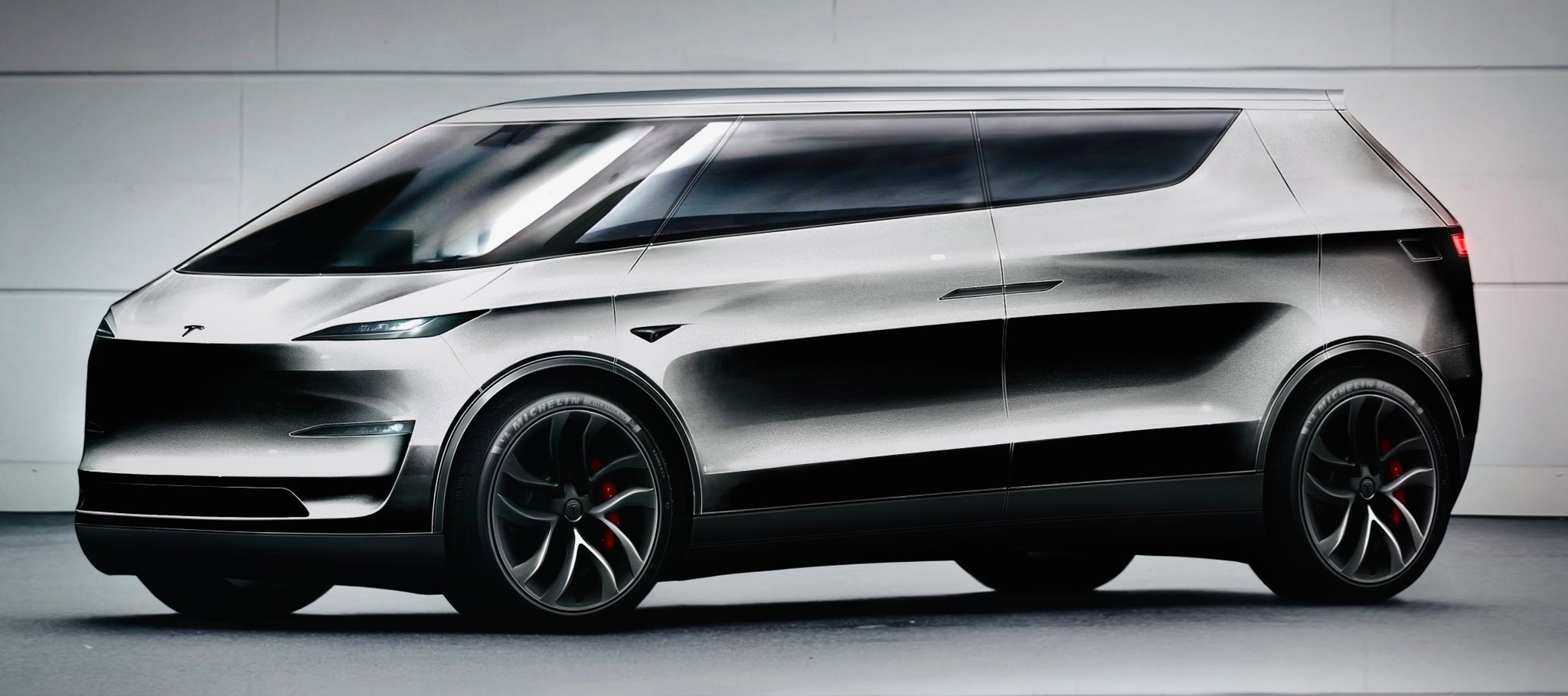
Tesla launched a slightly longer version of the Model Y all-electric crossover in China, and with it being extremely likely that the vehicle will make its way to other markets, including the United States, fans are still looking for something more.
The new Model Y L in China boasts a slightly larger wheelbase than its original version, giving slightly more interior room with a sixth seat, thanks to a third row.
Tesla exec hints at useful and potentially killer Model Y L feature
Tesla has said throughout the past year that it would focus on developing its affordable, compact models, which were set to begin production in the first half of the year. The company has not indicated whether it met that timeline or not, but many are hoping to see unveilings of those designs potentially during the Q3 earnings call.
However, the modifications to the Model Y, which have not yet been officially announced for any markets outside of China, still don’t seem to be what owners and fans are looking forward to. Instead, they are hoping for something larger.
A few months ago, I reported on the overall consensus within the Tesla community that the company needs a full-size SUV, minivan, or even a cargo van that would be ideal for camping or business use.
Tesla is missing one type of vehicle in its lineup and fans want it fast
That mentality still seems very present amongst fans and owners, who state that a full-size SUV with enough seating for a larger family, more capability in terms of cargo space for camping or business operation, and something to compete with gas cars like the Chevrolet Tahoe, Ford Expedition, or electric ones like the Volkswagen ID.BUZZ.
We asked the question on X, and Tesla fans were nearly unanimously in support of a larger SUV or minivan-type vehicle for the company’s lineup:
🚨 More and more people are *still* saying that, despite this new, longer Model Y, Tesla still needs a true three-row SUV
Do you agree? https://t.co/QmbRDcCE08 pic.twitter.com/p6m5zB4sDZ
— TESLARATI (@Teslarati) July 16, 2025
Here’s what some of the respondents said:
100% agree, we need a larger vehicle.
Our model Y is quickly getting too small for our family of 5 as the kids grow. A slightly longer Y with an extra seat is nice but it’s not enough if you’re looking to take it on road trips/vacations/ kids sports gear etc.
Unfortunately we…
— Anthony Hunter (@_LiarsDice_) July 17, 2025
Had to buy a Kia Carnival Hybrid because Tesla doesn’t have a true 3 row vehicle with proper space and respectable range. pic.twitter.com/pzwFyHU8Gi
— Neil, like the astronaut (@Neileeyo) July 17, 2025
Agreed! I’m not sure who created this but I liked it enough to save it. pic.twitter.com/Sof5nMehjS
— 🦉Wise Words of Wisdom – Inspirational Quotes (IQ) (@WiseWordsIQ) July 16, 2025
Tesla is certainly aware that many of its owners would like the company to develop something larger that competes with the large SUVs on the market.
However, it has not stated that anything like that is in the current plans for future vehicles, as it has made a concerted effort to develop Robotaxi alongside the affordable, compact models that it claims are in development.
It has already unveiled the Robovan, a people-mover that can seat up to 20 passengers in a lounge-like interior.
The Robovan will be completely driverless, so it’s unlikely we will see it before the release of a fully autonomous Full Self-Driving suite from Tesla.
Energy
Tesla launches first Virtual Power Plant in UK – get paid to use solar
Tesla has launched its first-ever Virtual Power Plant program in the United Kingdom.
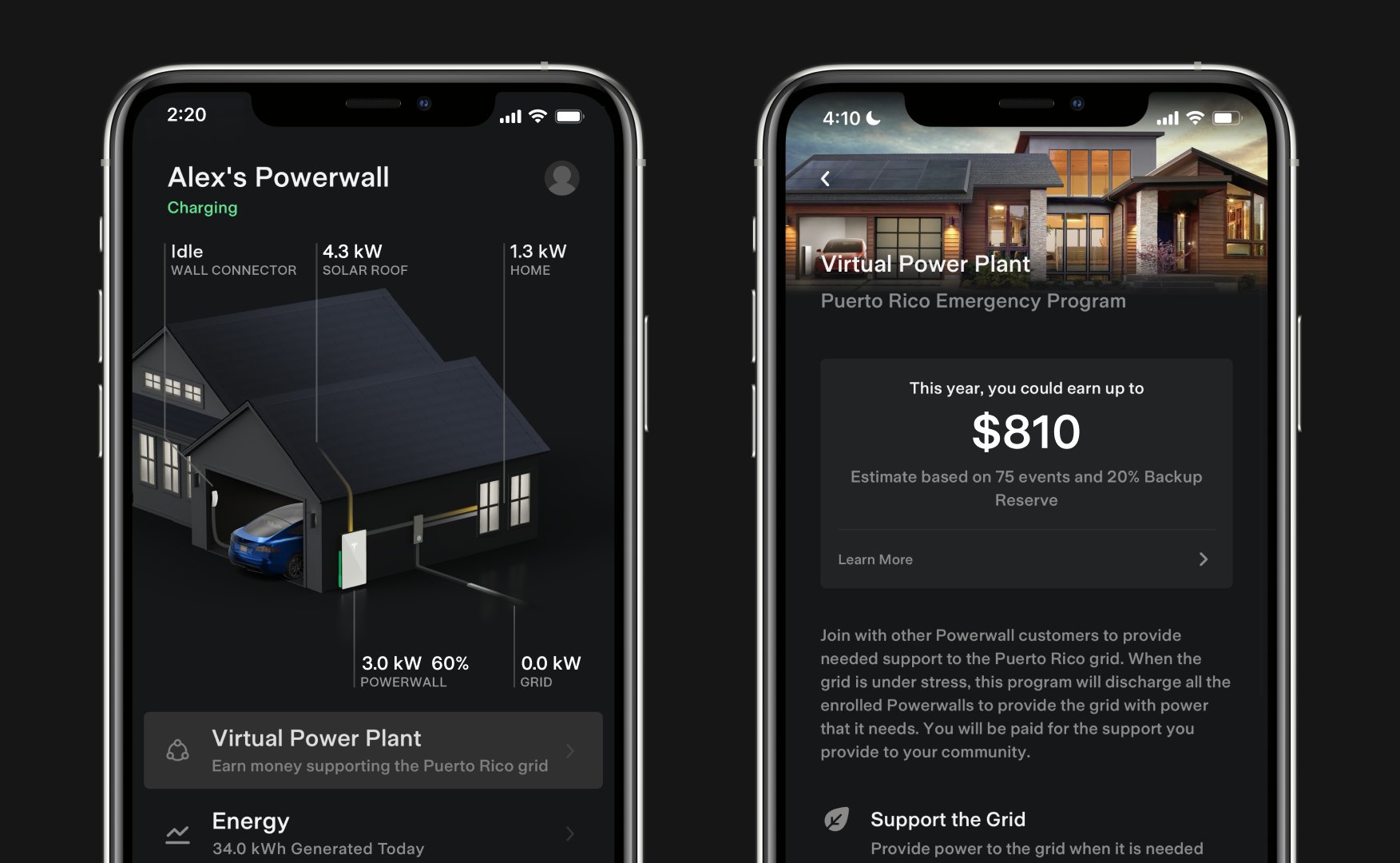
Tesla has launched its first-ever Virtual Power Plant program in the United Kingdom. This feature enables users of solar panels and energy storage systems to sell their excess energy back to the grid.
Tesla is utilizing Octopus Energy, a British renewable energy company that operates in multiple markets, including the UK, France, Germany, Italy, Spain, Australia, Japan, New Zealand, and the United States, as the provider for the VPP launch in the region.
The company states that those who enroll in the program can earn up to £300 per month.
Tesla has operated several VPP programs worldwide, most notably in California, Texas, Connecticut, and the U.S. territory of Puerto Rico. This is not the first time Tesla has operated a VPP outside the United States, as there are programs in Australia, Japan, and New Zealand.
This is its first in the UK:
Our first VPP in the UK
You can get paid to share your energy – store excess energy in your Powerwall & sell it back to the grid
You’re making £££ and the community is powered by clean energy
Win-win pic.twitter.com/evhMtJpgy1
— Tesla UK (@tesla_uk) July 17, 2025
Tesla is not the only company that is working with Octopus Energy in the UK for the VPP, as it joins SolarEdge, GivEnergy, and Enphase as other companies that utilize the Octopus platform for their project operations.
It has been six years since Tesla launched its first VPP, as it started its first in Australia back in 2019. In 2024, Tesla paid out over $10 million to those participating in the program.
Participating in the VPP program that Tesla offers not only provides enrolled individuals with the opportunity to earn money, but it also contributes to grid stabilization by supporting local energy grids.
-
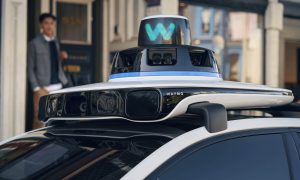
 Elon Musk1 day ago
Elon Musk1 day agoWaymo responds to Tesla’s Robotaxi expansion in Austin with bold statement
-
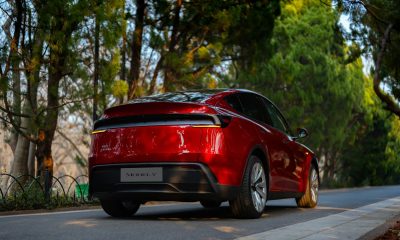
 News1 day ago
News1 day agoTesla exec hints at useful and potentially killer Model Y L feature
-
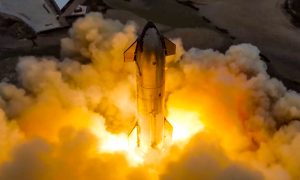
 Elon Musk2 days ago
Elon Musk2 days agoElon Musk reveals SpaceX’s target for Starship’s 10th launch
-

 Elon Musk3 days ago
Elon Musk3 days agoTesla ups Robotaxi fare price to another comical figure with service area expansion
-
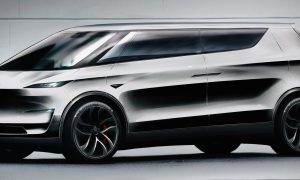
 News1 day ago
News1 day agoTesla’s longer Model Y did not scale back requests for this vehicle type from fans
-

 News1 day ago
News1 day ago“Worthy of respect:” Six-seat Model Y L acknowledged by Tesla China’s biggest rivals
-
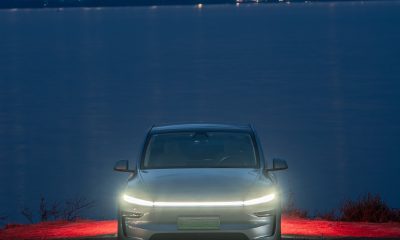
 News2 days ago
News2 days agoFirst glimpse of Tesla Model Y with six seats and extended wheelbase
-
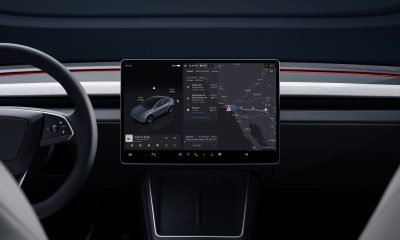
 Elon Musk2 days ago
Elon Musk2 days agoElon Musk confirms Tesla is already rolling out a new feature for in-car Grok


